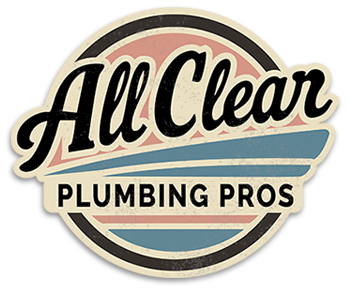10 Warning Signs You Need Repiping Service
10 Warning Signs You Need Repiping Service
Provided by Quality Plumbing Services Inc.
Repiping Experts Serving the Greater Chicagoland Area
Most homeowners don’t give much thought to their plumbing system—until there’s a problem. While it’s easy to ignore pipes hidden behind walls or under floors, they won’t last forever. Aging, corroded, or deteriorating pipes can lead to poor water quality, costly damage, and higher water bills.
Knowing when it’s time for a repiping service can help you avoid emergencies and give you peace of mind. If your home is showing any of the signs below, it may be time to call Quality Plumbing Services Inc. for a professional inspection.
1. Low Water Pressure
If your showers or sinks have noticeably weaker water pressure, aging pipes may be to blame. Corroded or clogged pipes restrict water flow, often starting as an inconvenience but eventually turning into a major plumbing failure.
2. Corroded Pipes
Visible rust or corrosion on exposed pipes in your basement, crawl space, or exterior walls often indicates deeper problems in your home’s plumbing system. If some pipes look corroded, it’s likely others are in similar condition and should be inspected.
3. Murky or Discolored Water
Tap water that appears cloudy, brown, or rust-colored—especially when first turning on the faucet—may be caused by rust inside aging pipes. If the discoloration persists, repiping may be the only long-term solution for cleaner, safer water.
4. Rust Spots Around the Home
Unexplained rust stains on walls, ceilings, or flooring may be linked to hidden pipe corrosion. This is common in older homes and often indicates the pipes are failing behind the scenes.
5. Unexplained Cracks or Holes in Walls or Floors
When pipes begin to fail, they can cause water damage that shows up as cracks, sagging, or holes in unexpected areas. These are often mistaken for structural issues but may actually point to a compromised plumbing system.
6. Damp Areas or Water Stains
If you notice unexplained damp spots, musty odors, or water stains on your walls, ceiling, or flooring, leaking pipes could be the cause. Even small leaks can cause significant damage over time if not addressed early.
7. Multiple Leaks
A single leak might be manageable—but if you’re dealing with frequent or simultaneous leaks in different areas of your home, it may be time to replace the entire pipe system. Repeated patchwork repairs often end up costing more than repiping in the long run.
8. Outdated or Unsafe Pipe Materials
If your home has lead, galvanized steel, or polybutylene pipes, you should strongly consider replacement. These materials are outdated, prone to failure, and in some cases (such as lead) can pose serious health risks. Newer piping materials are safer, more efficient, and built to last.
9. Strange Noises in the Pipes
Hearing clanging, rattling, or knocking sounds when using water may indicate air in the pipes or deterioration that’s disrupting smooth flow. Unusual sounds are often a warning sign that pipes are under pressure or misaligned.
10. The Age of the Home
If your home was built before 1960 and still has its original pipes, it's very likely those pipes are deteriorating. Even well-maintained plumbing can only last so long. If your home is over 60 years old, repiping is often a smart and proactive investment.
Why Repiping Is Worth It
Many homeowners are surprised at how much old pipes affect their day-to-day life. A professional repiping service offers several lasting benefits:
- Improved water pressure and flow
- Cleaner, healthier water free from rust or contaminants
- Lower utility bills due to fewer leaks and more efficient plumbing
- Peace of mind knowing your plumbing won’t fail unexpectedly
- Increased property value with modern, reliable pipes
Call Quality Plumbing Services Inc. for Trusted Repiping Solutions
If your home is showing signs of pipe failure—or if you’re unsure of the condition of your plumbing system—don’t wait for a costly emergency. Our experienced team at Quality Plumbing Services Inc. has helped hundreds of Chicagoland homeowners restore comfort, safety, and efficiency to their homes.
Call today to schedule a consultation.
Read our 5-star Google reviews to see why homeowners trust us for repiping, leak repair, and full-service plumbing solutions.
